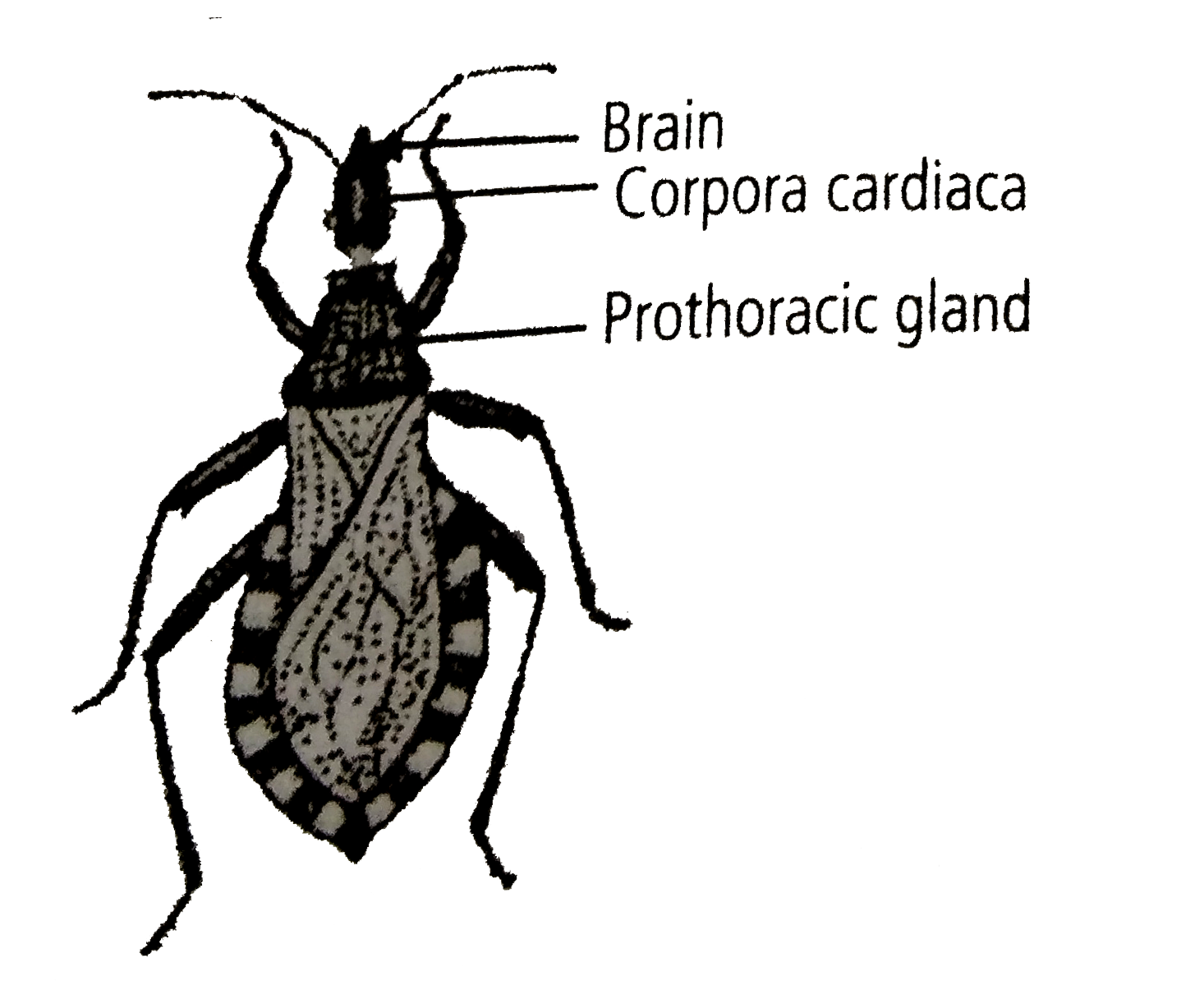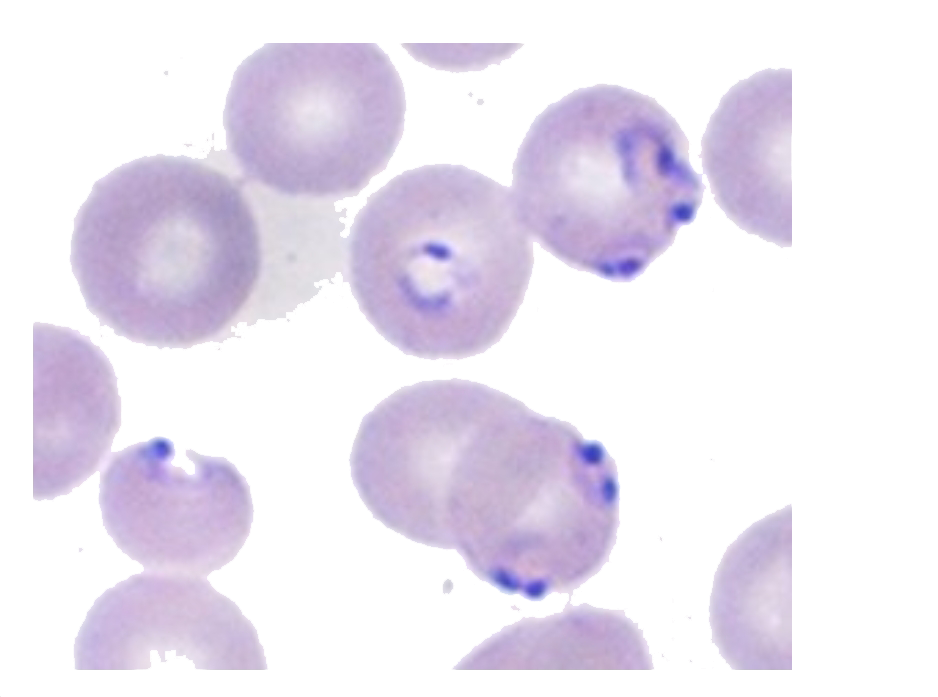During a procedure, a blood sample is drawn from a patient and kept it in a test tube for analysis of blood corpuscles and plasma. Which of the following tubes cannot be used for the purpose?
Test tube containing calcium bicarbonate
Test tube containing EDTA
Test tube containing heparin
Test tube containing sodium oxalate
The correct Answer is:A
To determine which test tube cannot be used for the analysis of blood corpuscles and plasma, we need to consider the role of anticoagulants in blood collection. Here’s a step-by-step solution:
1. Understanding Blood Components: Blood consists of two main components: blood corpuscles (cells) and plasma (the liquid part). For analysis, it is crucial to keep these components separate without allowing the blood to clot.
2. Role of Anticoagulants: Anticoagulants are substances that prevent blood from clotting. Common anticoagulants include:
- EDTA (Ethylenediaminetetraacetic acid): A chelating agent that binds calcium ions, preventing clotting.
- Heparin: A natural anticoagulant that inhibits clotting factors.
- Sodium Oxalate: Another anticoagulant that binds calcium ions.
3. Identifying the Problematic Tube: The question asks which tube cannot be used. For blood to remain in a liquid state and to analyze both corpuscles and plasma, we must avoid any substance that promotes clotting.
4. Calcium's Role in Clotting: Calcium ions are essential for the clotting process. They activate various clotting factors. Therefore, any test tube containing calcium (like calcium bicarbonate) would promote clotting, making it unsuitable for our purpose.
5. Conclusion: Since we need to prevent coagulation to analyze blood corpuscles and plasma, a test tube containing calcium bicarbonate cannot be used. Thus, the answer is the test tube with calcium bicarbonate.
Final Answer:
The test tube that cannot be used for the analysis of blood corpuscles and plasma is the one containing calcium bicarbonate.
---
- EDTA (Ethylenediaminetetraacetic acid): A chelating agent that binds calcium ions, preventing clotting.
- Heparin: A natural anticoagulant that inhibits clotting factors.
- Sodium Oxalate: Another anticoagulant that binds calcium ions.
The test tube that cannot be used for the analysis of blood corpuscles and plasma is the one containing calcium bicarbonate.
Similar Questions
You are required to draw blood from a patient and to keep in it a test tube for analysis of blood corpuscles and plasma. You are also provided with the following four types of test tubes. Which of them will you not use for the purpose.
View SolutionDuring blood clotting, which of the following is used?
View Solution
Knowledge Check
Blood analysis of a patient reveals an ususually high quantity of carboxyhaemoglobin content. Which of the following conclusions is most likely to be correct ?
Acarbon disulphideBchloroformCcarbon dioxide reacts with water to form carbonic acid that lowers the pH in tissueDcarbon monoxide.Read the given passage and answer the questions that follows: Rhodinus, a blood-sucking bug, shows five instars before it metamorphoses into an adult. It ahs a very long head with the brain located at tip and an organ called Corpora Cardiaca (C C) behind it. The hormone that ensures the continuum of the juvenile stages is called a juvenile hormone. Behind the head is a pro - thoracic gland, which gets triggered by the Pro - Thoracico - Tropic Hormone (PTTH) to release ecdysone required for molting into an adult.

The following observations were made when the juveniles of this insect were subjected to various conditions :
1. Starved juveniles (any instar) when decapitated → remained juveniles and did not molt into adults.
2. Well-fed juveniles (any instar) when decapitated → molted into adults.
3. Starved juveniles (any instar) when partially decapitated to remove the brain cells → remained juveniles and did not molt into adults.
4. Well - fed juveniles (any instar) when partially deitated to remove the brain cells → did not molt into adults.
Which of the following conclusions can be drawn from this data ?
(i) Ecdysone hormone is produced irrespective of the level of feeding.
(ii) C C is the site of production of juvenile hormone.
(iii) PTTH is produced irrespective of the level of feeding.
(iv) Increase in juvenile hormone is an important trigger for production of PTTH.
(v) Absence of C C alone is a trigger for molting into adult form.
(vi) Well-fed larvae in absence of juvenile hotmone can molt into adults.A(i), (iii) (iv) and (v)B(ii), (iv) and (v)C(ii) and (vi)D(i) and (iv)(##KPL_SAT_PRD_PLS_C09_E01_006_Q01.png" width="80%">
Scientists measured the concentration of an exprerimental medication in blood samples over time. If a quadratic function is used to model the data, which of following best explains th meaning of the vertex ?AThe average maximum medicine concentration in the blood sample is 7.5 units.BThe average maximum medicine concentration is more than 20 units.CThe average maximum medicine concentration in the blood samples occurs around 2.5 minutes.DThe average maximum medicine concentration in the blood sample occurs bgetween 5 and 10 minutes.
A patient blood smear show the following picture. Which disease is the patient suffering from ?

View SolutionDespite the fact that aluminium is a reactive metal, it is a stable in
air as well as in water. This is due to the formation of thin layer of
oxide on the surface of aluminium metal which makes it passive for further attack. The layer is so useful, that in industry, it is purposely deposited by an electrolytic process called anodising. Reaction of aluminium with oxygen is highly exothermic and is called thermite reaction.
2Al(s)+32O2(g)→Al2O3(s)ΔfHӨ=−1670kJmol−1
This reaction finds application for welding of metal and in the metallurgical extraction of many metals from their oxides.
The limitation is that to start the reaction, high temperature is
required for which an ignition mixture is required.
Which of the following metals cannot be extracted by using Al as a reducing agent ?
View SolutionA healthy Croton plant bearing variegated leaves was kept in a dark cupboard to destarch it after which it was placed in sunlight for a few hours. One of the leaves was then plucked and an outline of the leaf marking the green and the non-green regions was drawn. The leaf was then tested for starch. Using the above information, answer the following questions
Name the chemical used for testing the presence of starch.
View SolutionA healthy Croton plant bearing variegated leaves was kept in a dark cupboard to destarch it after which it was placed in sunlight for a few hours. One of the leaves was then plucked and an outline of the leaf marking the green and the non-green regions was drawn. The leaf was then tested for starch. Using the above information, answer the following questions
Why is the leaf boiled in water and alcohol before testing for the presence of starch?
View SolutionWhich of the following statements regarding the disease typhoid is/are correct ?
(i) Salmonella typhi are the pathogenic bacteria which enter human intestine through contaminated food and water migrate to other organs through blood.
(ii) Sustained high fever(39∘C to 40∘C), weakness, stomach pain, constipation, headache and loss of appetite are some common symptons of typhoid.
(iii) Widal test is used for diagnosis of typhoid fever.
(iv) The patient of this disease is not required to be treated with antibiotics.
View Solution
